The best Star Wars game is KOTOR II — and it’s not even close
Knights of the Old Republic II did what no other Star Wars story has ever done
Update: A bug in the port means the Switch version of KOTOR II is literally impossible to complete
Every year on May 4th, the Tom’s Guide team invariably gets into a big discussion about the best (and worst) Star Wars games. Two games always wind up near the top of the list: Knights of the Old Republic and its sequel, Knights of the Old Republic II. If you’ve played them, this won’t come as a shock; they’re both fantastic sci-fi RPGs, which add a lot of interesting concepts and characters to the Star Wars mythos.
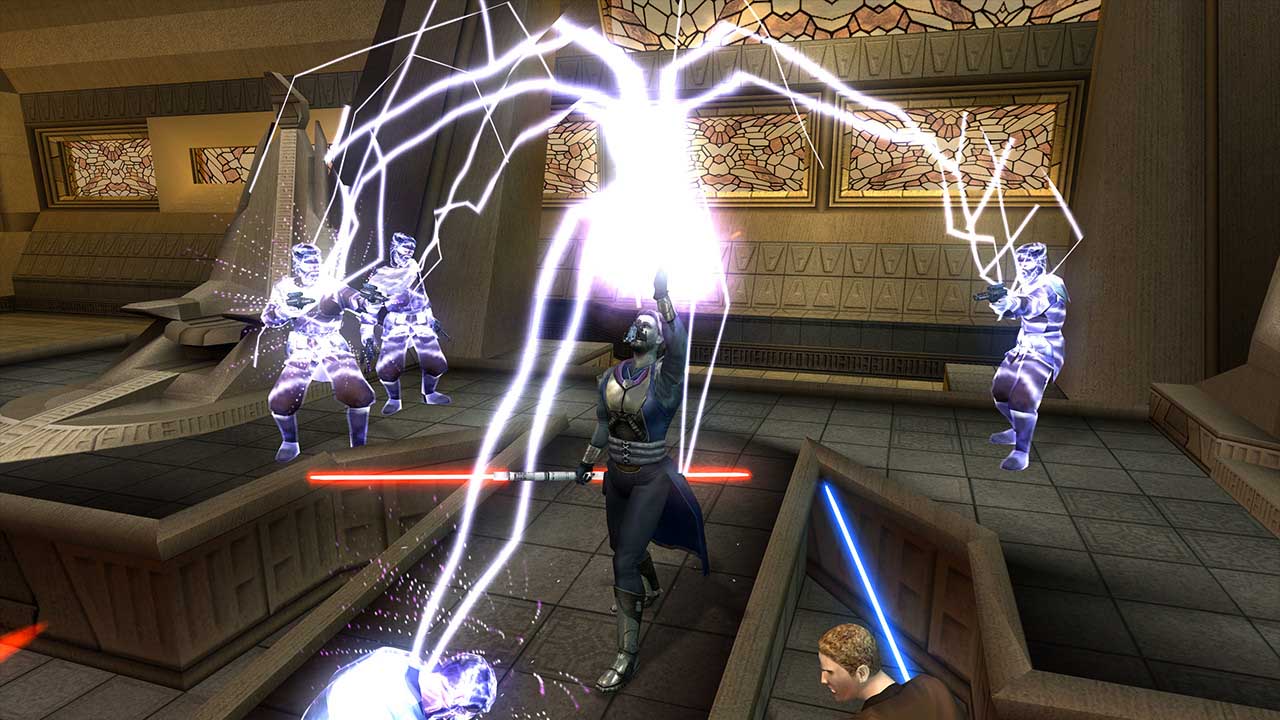
And yet, when we’re invariably forced to rank them, the first KOTOR game usually winds up on top. It’s hard to quantify exactly why. People often say it’s because KOTOR is so classically heroic, much like the original Star Wars (or Episode IV, or A New Hope, depending how old you are). It’s a straightforward story about good versus evil (or evil versus evil, if you pick the Dark Side path), with archetypal characters, a satisfying resolution and a narrative that really makes you feel like a righteous hero or a charismatic villain.
- Learn where to start if you want to watch the Star Wars movies in order
- How Disney killed the most interesting thing about Star Wars
Knights of the Old Republic II, the KOTOR-boosters argue, is more like The Empire Strikes Back. It’s dark, it’s deliberately paced, it’s about morally gray characters, and it ends on an uncertain cliffhanger. Furthermore, KOTOR 2 was a buggy, unfinished game, with a ton of cut content and dangling plot threads. Not even the most comprehensive fan mod could completely fix its technical problems. No, KOTOR 2 was ambitious, they say, but ultimately it’s too unfocused and ambivalent to reach quite the same heights as its predecessor. Isn’t it?
With all due respect, I would argue that the Empire Strikes Back comparison is actually selling KOTOR 2 short. KOTOR 2 isn’t The Empire Strikes back; it’s The Empire Strikes back, if George Lucas had handed the project off to Ridley Scott. It’s the kind of Star Wars story that could only emerge after 30 years of critical analysis and fan theories. It is, in fact, the only Star Wars spinoff brave enough to ask, “What if the central conceit of Star Wars was actually nonsense?” Worse than that, in fact — “What if the central conceit of Star Wars accidentally dismantles the movie’s most important theme?”
KOTOR 2 is to Star Wars as God of War (2018) is to God of War (2005); it’s both a love letter and a deconstruction. And, as such, it’s the only Star Wars game — possibly the only Star Wars story, period — that builds on its source material instead of simply reiterating it.
(Also, this piece contains SPOILERS for both Dark Empire and Knights of the Old Republic II, so read on at your own risk.)
The power of the Force
Like most things in life, I had an epiphany about KOTOR 2 while washing dishes.
Let me contextualize: Since the COVID-19 quarantine began, I’ve been doing a lot more cooking than usual, and that means a lot more cleaning up afterward. To keep myself entertained, I’ve been listening to Star Wars audio dramas.
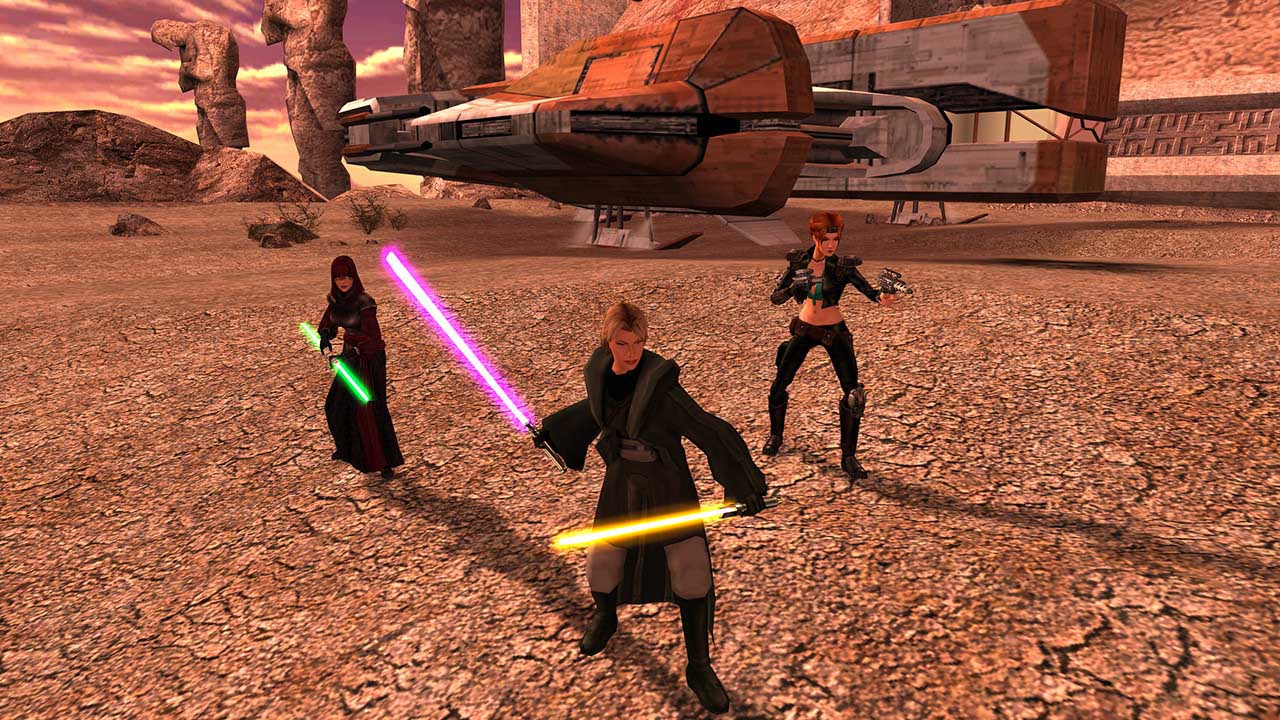
The history of these radio plays is fascinating, and could support a whole article by itself, but briefly: in the ‘80s and ‘90s, Lucasfilm created audio dramas for the Star Wars trilogy as well as select Expanded Universe stories, such as Crimson Empire and Dark Forces. I decided to listen to Dark Empire: an adaptation of an early ‘90s comic book, whose storyline directly inspired The Rise of Skywalker.
I had first read Dark Empire in high school, and I didn't like it very much. When I listened to the audio drama, I remembered why. For those who haven’t read it, Dark Empire takes place a few years after Return of the Jedi, and tells the story of Luke Skywalker trying to rebuild the Jedi Order while dealing with a revived Emperor Palpatine. It also makes ample use of what is arguably the worst narrative technique in any Star Wars story: Every time the characters need something to happen, “the Force” lets them do it.
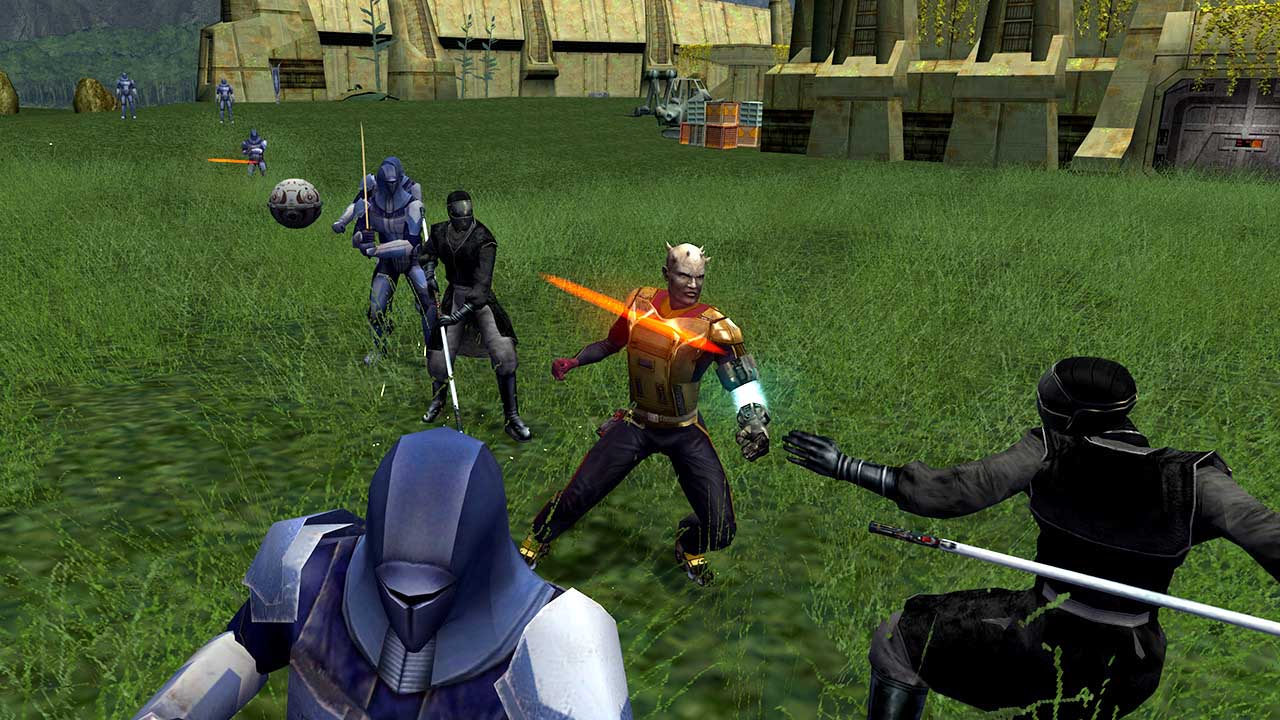
Granted, the Force should be mysterious, and its powers not fully defined. But characters in Dark Empire rack up Force abilities like they’re special skills in a video game. During the course of the story, the Force lets characters enter battle trances, deflect starship missiles, create lightning storms in space, lay dormant for centuries, create indestructible records and even transfer a consciousness into a new body.
I began to realize that Star Wars stories, from the old EU to the new Disney trilogy, have gotten into a bad habit of using the Force to hand-wave any questionable story decision. It’s a way of telling the audience, “just go with it.” This lets the heroes conquer impossible odds and the villains concoct outlandish plans, of course, but it also forces (heh) the audience to surrender to the story rather than try to analyze it.
Why KOTOR 2 succeeds
As I stood in front of the sink, hot water sloshing off of a sauce-covered plate, I wondered: Did any Star Wars stories not use the Force as a fallback plot device? A handful, sure. Games like Dark Forces and books like The Han Solo Trilogy focus on non-Force-sensitive characters, so the Jedi’s obscure power source doesn’t really factor into the plot one way or another.
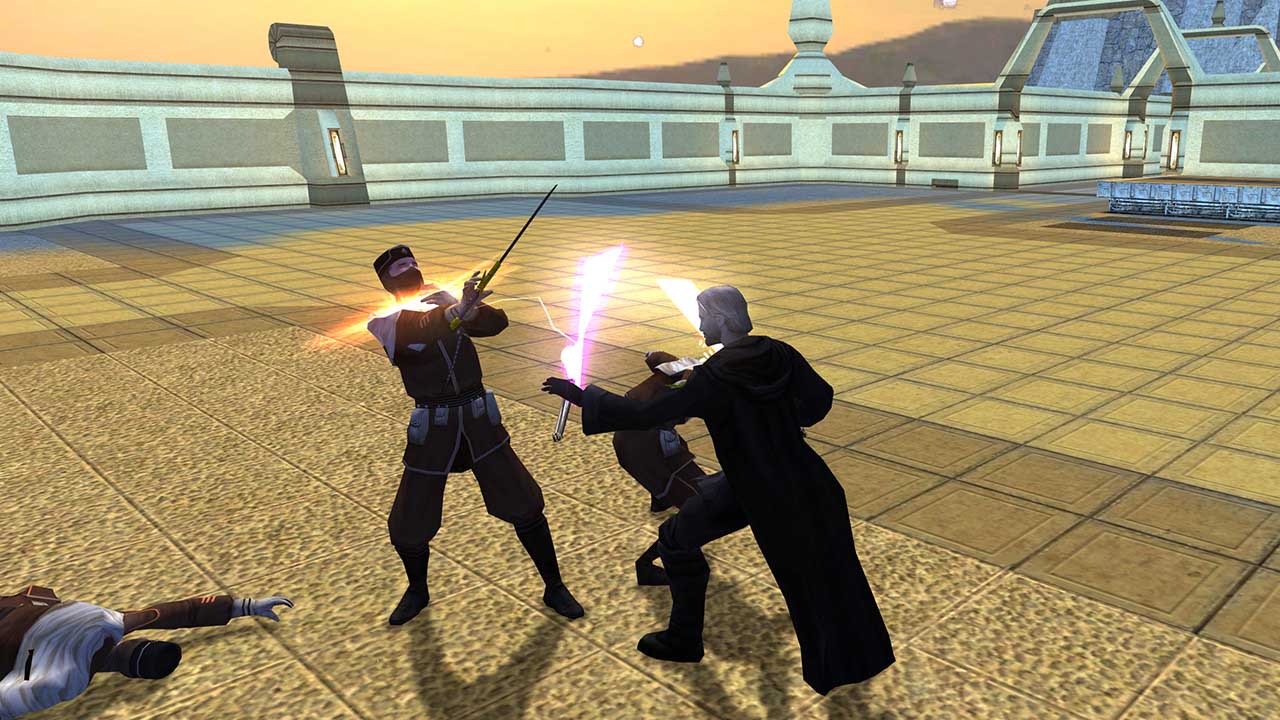
But that’s sidestepping a problem rather than addressing it head-on. If Star Wars bakes a way to justify any narrative decision right into the plot, it makes it almost impossible for the audience to care about stakes. Side stories about smugglers and mercenaries are all well and good. But as long as the Jedi are at the crux of the Star Wars universe, the way they address problems affects the whole setting.
This is why KOTOR 2 succeeds when almost every other Star Wars story I can think of fails. For those who haven’t played the game, it tells the story of a fallen Jedi, exiled from the order for horrendous war crimes. The experience was so traumatic, the Exile cut himself (or herself — you can customize your protagonist) off from the Force entirely. However, doing so created a living wound in the Force, which the game’s main villain, Darth Traya, is keen to manipulate.
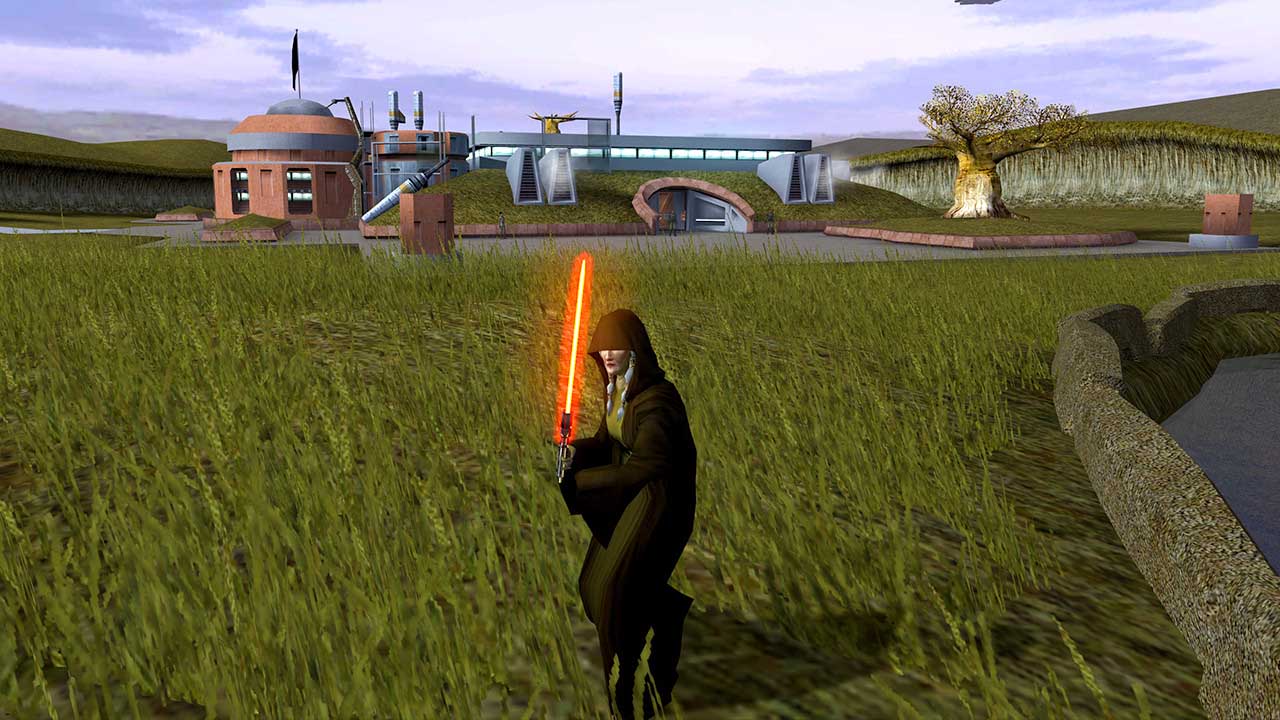
Darth Traya is an unconventional Star Wars villain in a lot of ways. She’s an old lady; she’s soft-spoken; she has a morally gray view of the world; she has no interest in acquiring or exercising power; she even spends most of the game as a member of your party. And no, her real identity is not a big twist; she reveals her Sith affiliations about halfway through the game as part of a regular conversation. But it’s never exactly clear why she’s so keen on mentoring the Exile, until the very end.
During the final confrontation (which is more subdued than climactic, much like the rest of the game), Traya finally reveals her motivations: if the Force can be wounded, as the Exile demonstrated, then perhaps it can be destroyed. And the Force is not a benign presence in the galaxy. It is the antithesis of free will, determining the fate of the galaxy while treating its inhabitants like pawns. The Force lets a handful of people wield massive power, giving them undue and unfair control over other living beings.
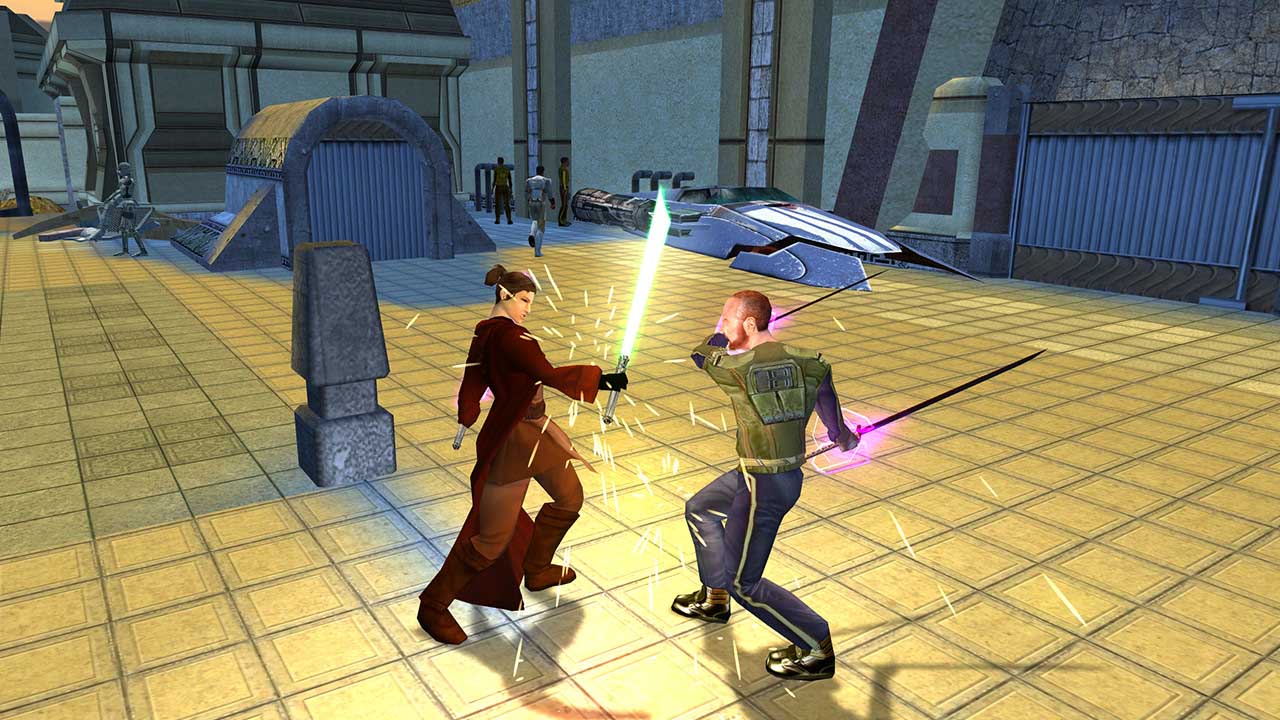
In other words: The Force isn’t a neutral party that can empower either good or evil. The Force is a self-serving entity (not necessarily a conscious one) that makes the whole galaxy bend to its will, whether they want to or not.
That the Force has a will of its own isn’t in doubt; the overarching plot of the prequel trilogy was about bringing “balance” to it. Both Yoda and Obi-Wan taught Luke that the dark side of the Force must be defeated so that the light side can propagate. But only KOTOR 2 stopped to question whether letting the Force control the galaxy’s destiny was a good thing — and whether giving Jedi and Sith superhuman powers was itself a dangerous and undemocratic concept.
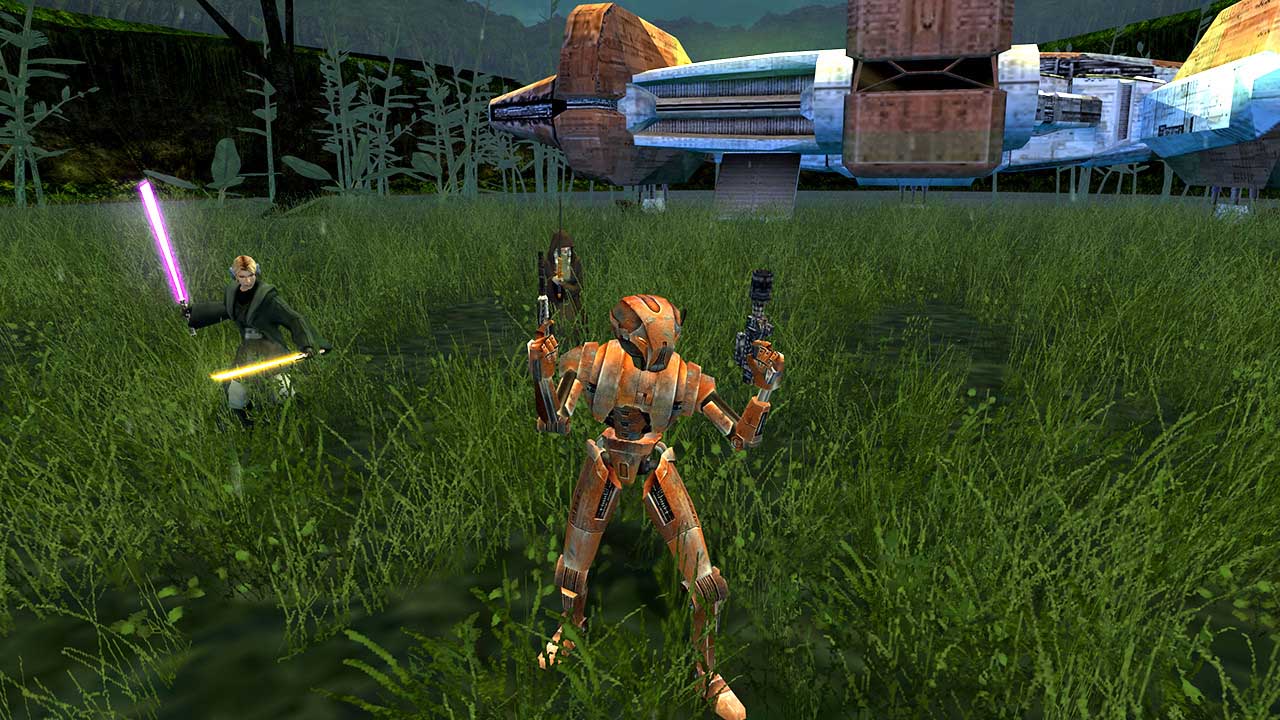
The main theme of Star Wars, regardless of the story in question, is about freedom vs. domination. The Empire wants to impose its will on the galaxy; the Rebels are good because they want to restore power to the people. The same is true whether you’re talking about the Sith and the Jedi, the First Order and the Resistance, or the New Republic and the Yuuzhan Vong. But to combat evil, every “good” team in Star Wars has turned to the Force, whether it’s invoking Jedi powers or simply wishing someone luck before a battle.
The hypocrisy here isn’t hard to spot. Freedom is the ultimate good in the galaxy — and the best way to get it is by surrendering yourself to a power that can bend every living thing to its will. At best, it’s trading one form of tyranny for another.
Unanswered questions
Of course, it’s hard to judge KOTOR 2 in a vacuum. The game clearly left itself open for a sequel, which never happened. (The MMO, Star Wars: The Old Republic, answered some of its lingering questions, but not all.) Perhaps KOTOR 3 would have provided a clear rebuttal to Darth Traya’s ideas — or perhaps there would have been some kind of third option, that let the Force and free will coexist.
Whatever the case, KOTOR 2 is unique among Star Wars stories in that it turns the franchise’s central concept on its head. We’ve all dreamed of being a Jedi and wielding fantastical powers. But the calculus changes if the cost is your freedom.
KOTOR 2 is no longer canon, which probably comes as a relief to fans who want Star Wars to be just an escapist fantasy, and nothing more. But Disney has reintegrated a lot of Legends material back into the canon. Could the House of Mouse delve into KOTOR 2, and would it keep the game’s deconstruction intact? If it did, “may the Force be with you” might take on a decidedly sinister ring.
For other sci-fi games, check out The Outer Worlds as it lampoons unchecked capitalism really well. For Switch owners, KOTOR2 will soon get a port with much of its cut content restored.
Sign up to get the BEST of Tom's Guide direct to your inbox.
Get instant access to breaking news, the hottest reviews, great deals and helpful tips.
Marshall Honorof is a senior editor for Tom's Guide, overseeing the site's coverage of gaming hardware and software. He comes from a science writing background, having studied paleomammalogy, biological anthropology, and the history of science and technology. After hours, you can find him practicing taekwondo or doing deep dives on classic sci-fi.

